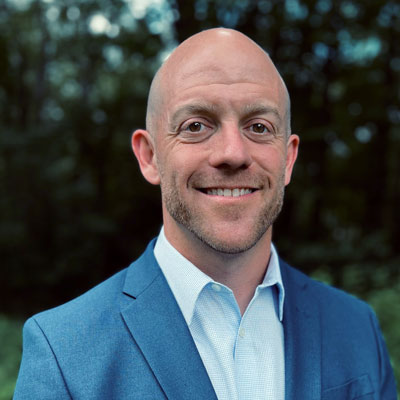Presenter

Garret Fitzpatrick
Garret Fitzpatrick is a Principal Investigator and Project Engineer at the Smithsonian Astrophysical Observatory, where he leads engineering teams to develop systems and instrumentation to help us better understand the Universe. Previously, Garret served as a systems engineer at the NASA Ames Research Center, where he led the engineering development of a cell biology payload for the International Space Station. Prior to that, he supported fifteen Space Shuttle flights as a crew survival system hardware manager at the NASA Johnson Space Center. Garret has also spent time in industry, leading a product development division for Shell TechWorks, an innovation center focused on bringing in outside expertise to solve Shell's toughest technical challenges. Garret is a science and travel writer and a regular panelist and invited speaker on innovation.
Abstract:
Big, ambitious, long-term, seemingly “impossible” challenges inspire us and drive us forward. I’ll highlight two projects that I work on at the Smithsonian Astrophysical Observatory that can be considered impossible challenges: the next generation Event Horizon Telescope (ngEHT) and the Lunar Biorepository. The ngEHT is a program to expand the Earth-sized radio telescope array that produced humanity’s first image of a black hole in 2019, this time with the goal to make movies of black holes. I lead the engineering team for the ngEHT program, and I’ll talk about the design challenges and progress to complete the program’s system design and implementation plan. The Lunar Biorepository is a concept to create a cryogenically preserved backup of Earth’s life on the moon, where the temperature profile of permanently shadowed regions offers a unique environment for long-term, passive preservation. As the project’s Principal Investigator, I’ll highlight early work to design both the long-range concept and a near-term technology demonstration payload that could fly to the lunar south pole in the next 1-2 years. Both projects offer the potential for inspiring new insights about the Universe and our place within it. I’ll conclude with how each project exists out on the “impossibility frontier”, and how efforts that push the boundaries of possibility can help create a world full of wonder.